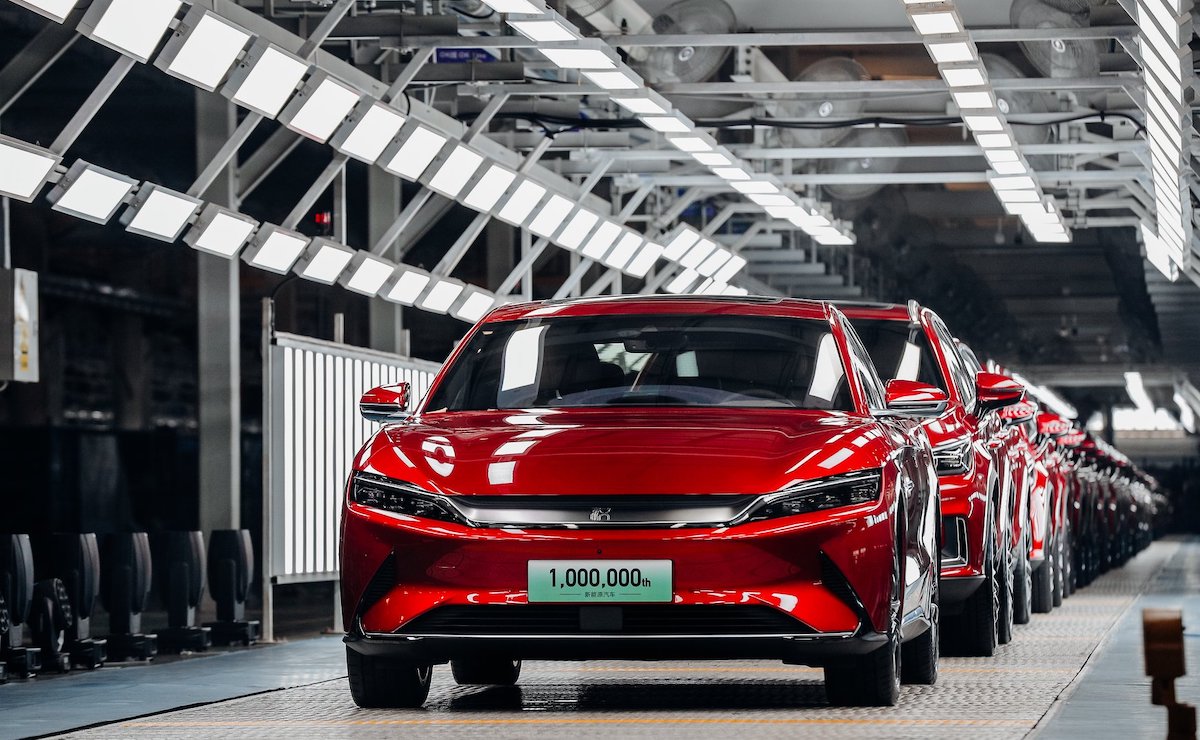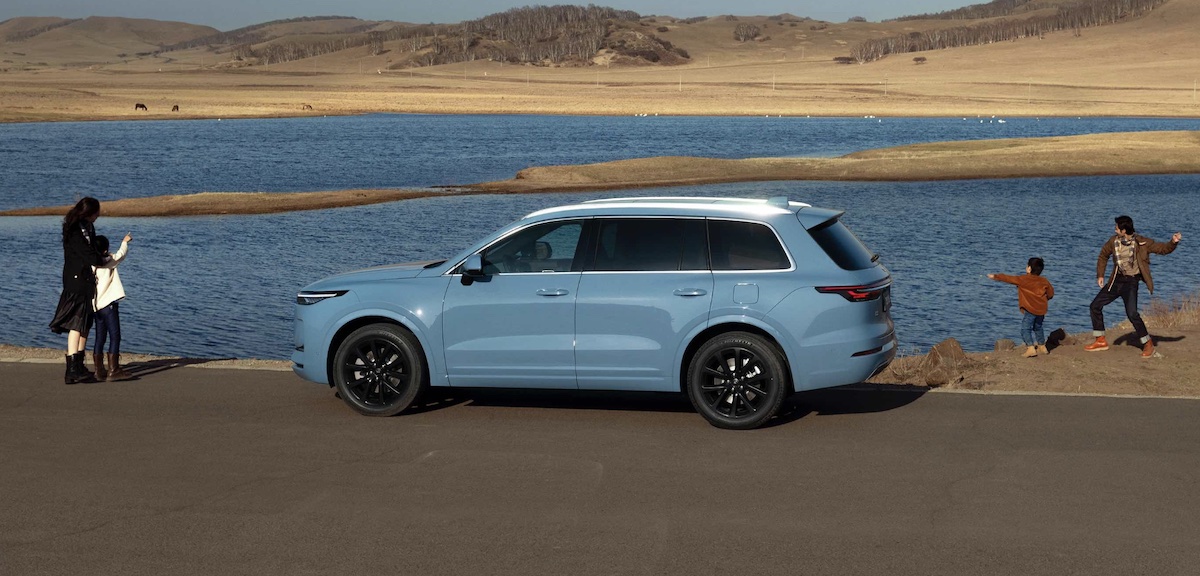The sales volume of passenger cars market of China in June has been revealed recently, and the whole market recovered from the haze of city lockdown rapidly due to the policy of halving the purchase tax (only for ICE cars) effective from early June, which ended up with 1.94 million units. This is closer to the YOY accumulated volume that is only 7.2% behind that of last year (the global accumulated volume in the first 5 months this year had dropped by 12% YOY, and the predicted number of June isn’t coming up). Surprisingly, the sales of new energy vehicles (BEV+PHEV; in global automotive industry, these two are classified as EV) isn’t affected by halving the purchase tax of ICE cars, but achieves the monthly record high 530,000 units instead. The share of global EV car market reaches unbelievable 59% in June! Meanwhile, BEVs had been sold 424,000 units, which accounts for about 22% of the whole car market, and this is the performance under the circumstance of 20% less car-buying subsidy this year, and also the Chinese government had already clearly announced that subsidy program will be ended in the end of this year; It means that the China market had gone thru the transformation process of new energy vehicles. On the contrary, the share of BEVs in Taiwan is less than 3% currently, the vehicle license tax-free incentive will last until the end of 2025, and the sale target of BEVs in 2030 is 30% set by the National Development Council (even so, still very difficult to achieve). In this situation, the car market of Taiwan has fallen behind that of China for at least 5 years. Think about that… China car market have to utilize the market experience and talent pool in Taiwan to improve their level of the whole industry and sales channels decades ago; When time is slipping away without awareness, Taiwan has lost the best timing for the new industry’s kickoff in the era of BEVs.

In the situation that the new energy vehicles market of China is booming in H1, the related departments of the government keep promoting new energy vehicles early this month including the fully-electrification of public transportations, the enhancement of charging infrastructures deployment, and the policies including “countryside promotion” of new energy vehicles, which doesn’t slow down the pace even productive achievement is here for now. To view from the current market trend, I assumed that the annual new energy vehicles sales volume will be more than 5 mil. units this year in China, and BEVs is very likely to be more than 4 mil. units out of them. Compared with the 4.7 mil. units of BEVs sales globally last year, China market solely this year is very close to that number. If major carmakers still don’t go all out to seize the sale opportunities with a contingency plan in China market at this moment, then they will face the survival crisis of significant drop in both sales and profits before introducing all-new BEVs in 2025.

Looking back at the new energy vehicles market around the world in past few years, even though suffering the influence due to the pandemic and the chip shortage, the scale of the market still increased rapidly year by year from the 1.3 mil. units in 2017 to 6.6 mil. units last year, which is 4 times growth within 5 years! The issues including the supply chain still remain this year, but by the leading of China market, the new energy vehicles market size is predicted to reach 10 mil. units, which show the unstoppable BEVs mega trend. To be more clearly, for any traditional carmaker without a development plan of BEVs, it will be marginalized gradually by the market within 5 years, and they will be A&M by others or be about to disappear in the next decades. Certainly, in countries that have no law to require zero-emission, ICE cars isn’t likely to disappear completely. But when new generations that are used to ride in BEVs, take electric buses, ride electric motorcycles become the mainstream consumers of the car market in the next 20~30 years, it doesn’t need laws to limit the sales of ICE cars at that time anymore.